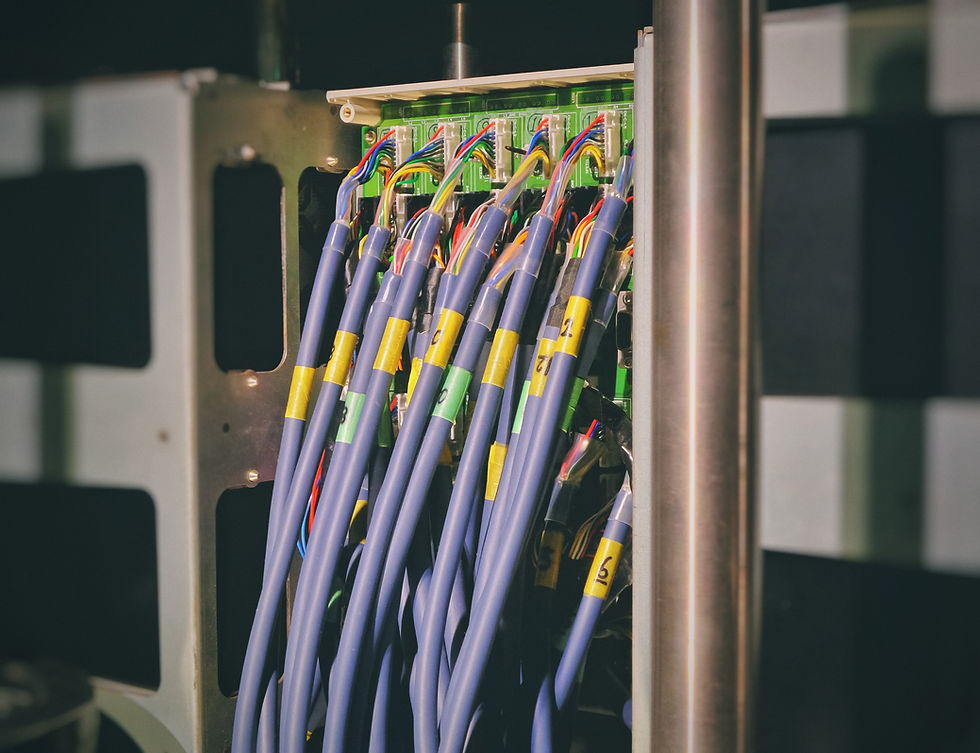
If you cover the caravan issue more intensely, you will immediately notice that the cables used in house wiring are much thinner than those used in vehicle construction.
The core of the cable is a wire.
It might be thought that thicker cables should actually be used in homes, but this is not the case. Landlines (such as those used at home) are generally not allowed for use in recreational vehicles because they can break due to constant movement of the vehicle.
Twisted wire is not only flexible and can be bent without damage, but also has a larger surface area.
Wire use;
Now it depends on how much electricity we want to send from A to B. If we only use low voltage consumers (mobile router, cell phone charger, etc.), the wires may be thin.
However, if you connect powerful consumers such as inverters or batteries to batteries, you must ensure that the cable cross-sections are sufficient to prevent fires .
Caravan cables | battery to battery;
In order to connect 2 batteries or lithium batteries, the batteries/accumulators must be placed directly next to each other, so the cable should be as short as possible so you won't have to use thick cables. It is normally recommended to lay cables of at least 35 mm².
50 mm² thickness is required if there are longer distances between batteries (if not otherwise possible!) or for more powerful batteries. There are reputable providers of cross-section computers on the Internet.
In this case, thicker cables provide less power loss and protect against overheating.
Caravan cables | from battery to inverter
Inverters (INV) convert your 12 volt battery power into regular household electricity based on 230 volts. This means that the battery must transmit very high currents to the inverter and therefore must be installed close to the battery.
Compensate for line losses and
not letting the thickness of the cable get out of hand if possible
For this reason, we generally recommend that you seek competent help or leave this job directly in the hands of professionals.
Caravan cables | usually ϟ inside the vehicle;
In addition to using stranded wire, it is important to always pay attention to connected consumers. For smaller consumers such as light bulbs, eg water pumps etc. A thinner cable can be used than larger consumers such as
Cable cross section calculator is also an indispensable tool here.
All cables must be routed so that they are not bent or corroded anywhere.
Obtain basic information on electrical installations, such as soldering of cable ends or use of cable lugs and cable end sleeves, required for safety in electrical areas from an authorized place.
You must be absolutely sure that your electrical connections meet the required standards!
Connection cable for shore power maximum 25 m
You can find cable reels for different uses at accessory stores or hardware stores. Basically, it can be said that household cable reels are only suitable for the home, not for the caravan.
Cables at the campsite should not be longer than 25 meters to connect the vehicle to shore power. Cable thickness is significantly greater than your household cable reels, this is because:
Here very high currents are carried over long distances and therefore the lines get hot. The cables are thick and sleeved and optimized for outdoor use due to their thickness and material choice. The cable drum itself with the plug connections to the vehicle must be specially protected against moisture and humidity .
We also recommend placing the cable reel under the vehicle so that the rain does not directly hit it and does not cause a short circuit . Therefore, when purchasing CEE plugs (to connect the cable reel with shore connection to the vehicle), make sure that the cable length is chosen so that the cable reel can be placed under the vehicle.
Top tips:
You should have enough solar and storage capacity on the roof with you because the best spots in parks and campgrounds are often far, far away from the nearest electrical connection. Yes, campsites are also worth it if you're self-sufficient.
Always open the cable reel fully so that it does not overheat and the cable reel starts to burn.
Check cables regularly, as camping equipment running over them poses a risk of being damaged.
